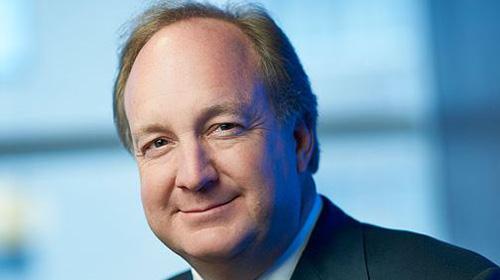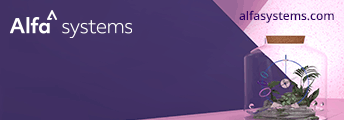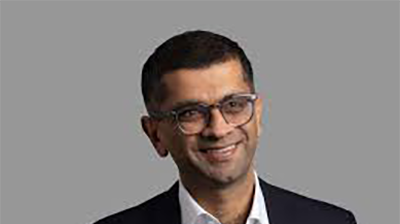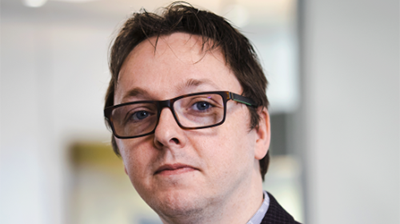
A wind of change is blowing through the factories and design centers of the world. Intensified customer expectations, forged in the age of Twitter, Facebook and Uber have changed the game beyond all recognition.
Accustomed to fast, digitized services, consumers today demand 24/7 support and expect their voices to be heard. To them, “usage” of a convenient, reliable, customer-focused service is more important than “ownership” of a product.
This consumer shift is impacting the way things are bought and sold in B2B markets as well.
In this new world, manufacturers have identified the opportunity to provide services rather than products, a concept referred to as ‘Servitization.’ They know they can no longer compete on price alone and must find ways to provide added value to their customers.
To better understand what’s driving this shift in consumer behavior, let’s consider three global trends: changing customer expectations, technology and environmental concerns.
Changing customer expectations
Millennials, born between 1980 and 2000, are believed to prefer easy, accessible, fast and flexible services over owning something. Why bother owning a car when you can use an app to get a ride wherever you want to go?Millennials are used to being consulted in the co-design of products and services, and they expect their feedback to be included in future iterations. They won’t tolerate an inferior product when they can easily find a better alternative.
As a result, companies must make customer-centricity their new mantra. We see how important this is at DLL and regularly send our ‘back office’ staff out with our sales teams to meet customers. Understanding the customers’ needs completely transforms the way they design and deliver services.
The smart companies are the ones that are out there talking to their customers, seeking feedback and delivering 24/7 support. They operate seamlessly across all customer touchpoints, leveraging the right ones at the right time.
As explained in a recent Deloitte report, the new generation of customers, operating in a world of social media and social networking, “are not merely a ‘consumer’ of services; they are an active voice in shaping at every step in the value chain.” This is why we are developing new methods to help our partners, suppliers and dealers address these challenges.
Technology
In regard to the second trend, technology continues to change the world around us, bringing with it opportunities as well as challenges. A few decades ago, it was the birth of the internet and the smart phone. Today, it’s the arrival of billions of sophisticated sensors embedded in products known as the Internet of Things (IoT).No longer will suppliers lose contact with a product once it’s been shipped.
Now, sensors will provide 24/7 feedback on the product’s usage. This is a remarkable new stage in industrial development. In a service model, suppliers will be able to monitor a product in real-time, enabling them to optimize equipment for their customers, lower usage costs and fix problems before they occur.
Even more importantly, this technology will enable customer-focused companies to understand their buyers more effectively so they can better anticipate their needs in the future.
According to the 2015 Tata Consultancy Services report on IoT: “The biggest product and process improvements reported by companies were more customized offerings and tailored marketing campaigns, faster product improvements, and more effective customer service (in part, by being able to identify product problems before customers knew about them).”
If producers can ramp up their capabilities in this way, the rewards will be significant. McKinsey predicts that service levels driven by IoT might unlock $5 trillion in specific B2B settings alone in the next decade.
At DLL, we firmly believe that the younger generation will drive innovation in IoT for decades to come. This is one of the reasons we are supporting the new global Start-up Bootcamp IoT/Connected Devices, which will encourage and help rising talent in IoT to reach their full potential.
Environmental concerns
The third trend relates to corporate social responsibility.
Many millennials expect businesses to have a higher purpose than profits alone, and they are especially concerned about the environment.
In a recent Deloitte survey, 87% of respondents agreed that “the success of a business should be measured in terms of more than just its financial performance.” This generation is supportive of the goals of the circular economy, which call for a major shift from the linear ‘take, make and waste’ model to one where goods are designed to be taken back and recycled, refurbished or reused.
The convergence of these trends makes the argument for usage-based business models even more powerful.
Servitization – facilitated by the IoT – makes it easier for manufacturers to establish circular, take back and reuse systems. By selling the ‘use’ of something, manufacturers remain responsible for the product and can ensure that it does not wind up in a landfill following its first life cycle. The usage data obtained via sensors further enables the manufacturer to adequately prepare for the product’s second life. All of this is unlocking new revenue streams for manufacturers and distribution partners alike.
In fact, both McKinsey and the Ellen MacArthur Foundation have projected that circular economy methods could unleash a trillion dollars a year in cost savings.
At DLL, we are helping our partners reach this new level of Servitization via our Life Cycle Asset Management (LCAM) program. Our team works with manufacturers and dealers to develop second and third life revenue streams, thus ensuring the refurbishment and reuse of equipment, while simultaneously promoting usage-based models.
As more and more companies embrace the potential of IoT, customer centricity and circular thinking, I am hopeful that we’ll see the rise of a new era of sustainable economic growth across the globe. With that in mind, I encourage you to ask yourself whether your business is poised to meet these changing demands. I am convinced that together, we can create a brighter future for businesses, customers and our planet.
Bill Stephenson is CEO and chairman of the executive board of DLL





